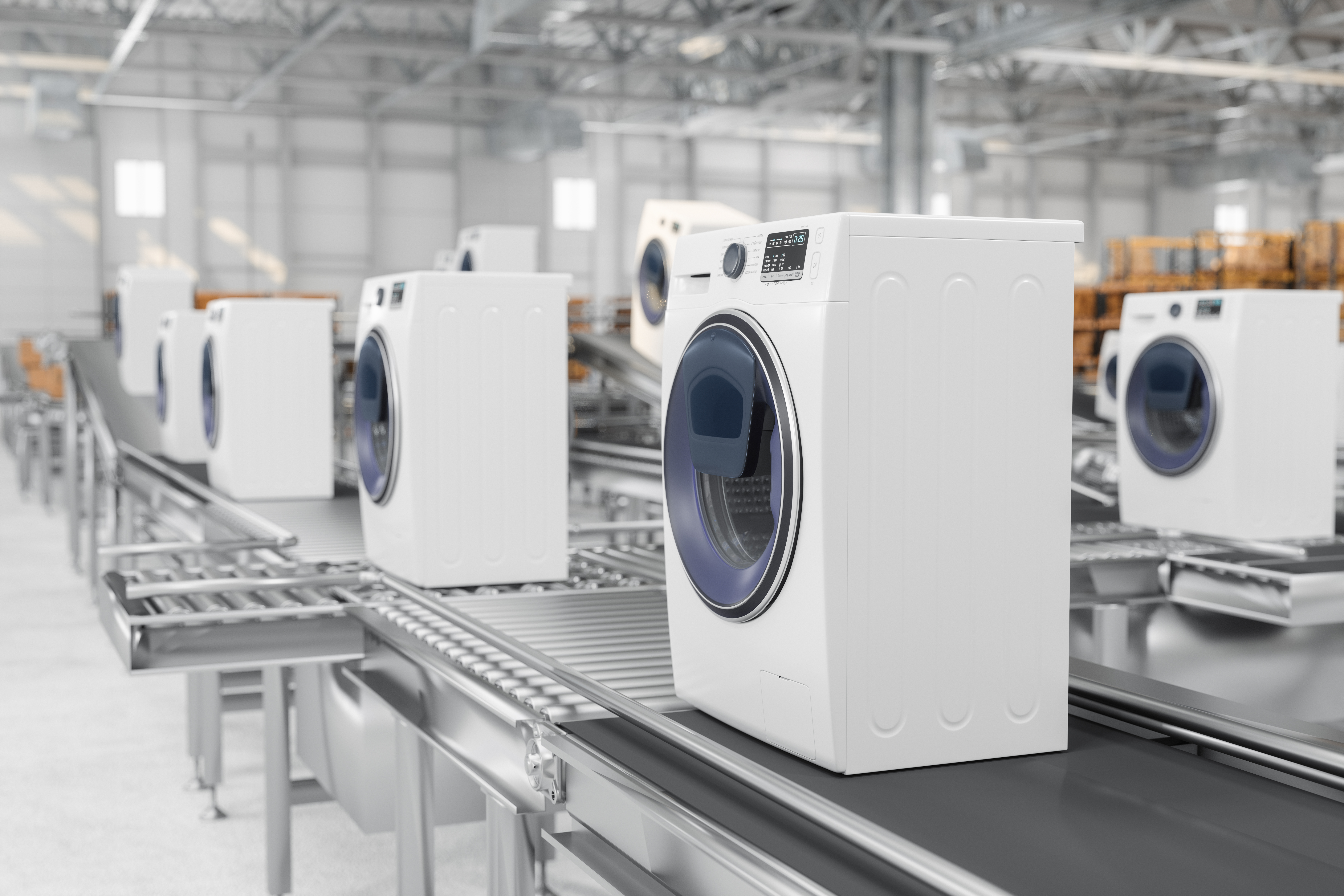
Imagine, if you will, a glittering ball in the grand stock exchange salon. Here, among the shimmering tickers, the noble stock of Whirlpool (or, as I call it in my ledgers, “His Imperial Highness, the Duke of Domestic Appliances”) suffered an affliction infamous in my circle: the Swoon of Eleven Percent. Investors, those charming devotees of quick fortunes and quick escapes, shuffled their feet in consternation at precisely 10:30 Eastern, finding themselves suddenly enamored of other dances.
The Bourgeois Misfortunes of a Shortfall
Let us rewind our reels: Whirlpool, with its grand American factories puffing proudly along the Michigan horizon, has long offered itself as the eventual darling of tariff fencing and trade war theatrics. Surely, with foreign interlopers boxed out, wouldn’t Joe from Kalamazoo buy a fourth washing machine just for politics’ sake? And yet—eel-like, profit slimed through management’s fingers. For all the patriotic talk, the real business has been in brisk pre-tariff stockpiling of Asian imports, as competitors staged a clever game of “Beat the Customs Officer.”
In the last quarter’s grand accounting, Whirlpool produced $1.34 per share and revenues of $3.78 billion—numbers which, despite their girth, fell short by precisely $0.40 and $100 million, respectively. Modest in specifics, but devastating to the pride of any self-respecting portfolio manager. Sales slipped by 5.3%, which is perhaps appropriate for a company that manufactures things designed to make things disappear—dirt, stains, and now, apparently, profits.
The villain, according to the august CEO Marc Bitzer, was this wild stockpiling of foreign wares—contemporaries racing to dump as many units into the Republic before some bureaucrat remembered to lock the gates. Bitzer, never abandoning the trench, proclaims the future: a “robust pipeline of new products”—which, in the language of the market, is akin to promising rain on a clear day.
The annual forecast glimmers with a certain ambiguity: revenues near $15.8 billion, with GAAP earnings per share between the heights of $7 and the valleys of $5. The ghosts of 2024 still haunt the ledgers: $16.6 billion in sales paired with a magisterial loss of $5.87 per share. The past, as always, is unwilling to turn the page so quickly.
Past the Lint Trap: Do We Buy?
Here enters the cautious optimism of a master bureaucrat: “We are confident in our long-term strategy,” says Bitzer, “and believe that evolving tariff policies will ultimately support domestic manufacturers.” I’ve heard such confident declarations before—usually from gentlemen selling unlicensed bonds near train stations. The only thing truly evolving is investor patience, stretched thin and patched with newsprint.
Looking not for certainty but for opportunity (for what activist worth their salt ever asked for certainty?), I observe Whirlpool trading with all the elegance of a one-legged chair—down 25% since the first champagne of the year. And yet! In markets as in novels, sometimes fortunes favor patient adventurers who buy when everyone else is searching for the exit. With an 8% dividend yield, there exists the alluring prospect of collecting coupons while the world sorts out whether Whirlpool’s glory is covered in dust or merely biding its time behind a bureaucratic curtain.
I would end with a proverb, but in investing—as at any station buffet—there is no need to finish what’s on your plate. 🕵️♂️
Read More
- Bitcoin’s Ballet: Will the Bull Pirouette or Stumble? 💃🐂
- Dogecoin’s Big Yawn: Musk’s X Money Launch Leaves Market Unimpressed 🐕💸
- Gold Rate Forecast
- LINK’s Tumble: A Tale of Woe, Wraiths, and Wrapped Assets 🌉💸
- Can the Stock Market Defy Logic and Achieve a Third Consecutive 20% Gain?
- Deepfake Drama Alert: Crypto’s New Nemesis Is Your AI Twin! 🧠💸
- Binance’s $5M Bounty: Snitch or Be Scammed! 😈💰
- SentinelOne’s Sisyphean Siege: A Study in Cybersecurity Hubris
- Ethereum’s $3K Tango: Whales, Wails, and Wallet Woes 😱💸
- Navitas: A Director’s Exit and the Market’s Musing
2025-07-29 18:59